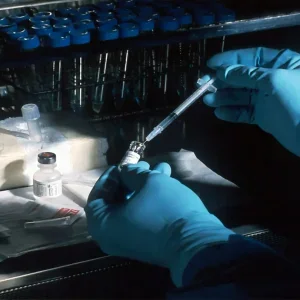Deep Genomics, an artificial intelligence (AI) drug development firm, has launched BigRNA, an AI foundation model for RNA disease mechanisms and discovery of candidate therapeutics.
BigRNA is a transformer-based deep learning system. It has been trained on thousands of RNA-seq datasets which are said to include more than a trillion genomic signals.
The foundation model is designed to accurately predict the tissue-specific regulatory mechanisms of RNA expression.
It also predicts the binding sites of proteins and microRNAs and the effects of variants and candidate therapeutics.
Capable of producing wide and general outputs, BigRNA can identify new biological mechanisms and RNA therapeutic candidates, which are difficult to find through traditional methods.
Deep Genomics founder and chief innovation officer Brendan Frey said: “Deep Genomics has shown that our unique AI foundation model, BigRNA, can utilise DNA sequences to accurately discover the effects of non-coding, missense and synonymous variants on tissue-specific gene regulation, identify new mechanisms of RNA biology, and design RNA therapeutic candidates.
“In a comprehensive study of 14 genes, BigRNA consistently designed highly effective steric blocking oligonucleotides that act in a tissue-specific manner, including for genes involved in Wilson disease and spinal muscular atrophy.
“We believe that BigRNA and deep learning systems like it have the potential to transform the field of RNA therapeutics.”
The model can be used for predicting RNA-binding protein (RBP) and microRNA binding sites as it learns from paired genotype and RNA expression data from several individuals.
It can support the development of a variety of RNA-based therapeutics, including steric blocking oligonucleotides (SBOs).
The deep learning system can recover known approved SBO medicines with great specificity and can accurately identify chemicals that elicit a specified splicing change without any extra training, Deep Genomics said.
BigRNA’s capacity to grasp regulatory mechanisms also enables the creation of SBOs that obstruct predicted inhibitory regions to boost the expression of a disease gene.






